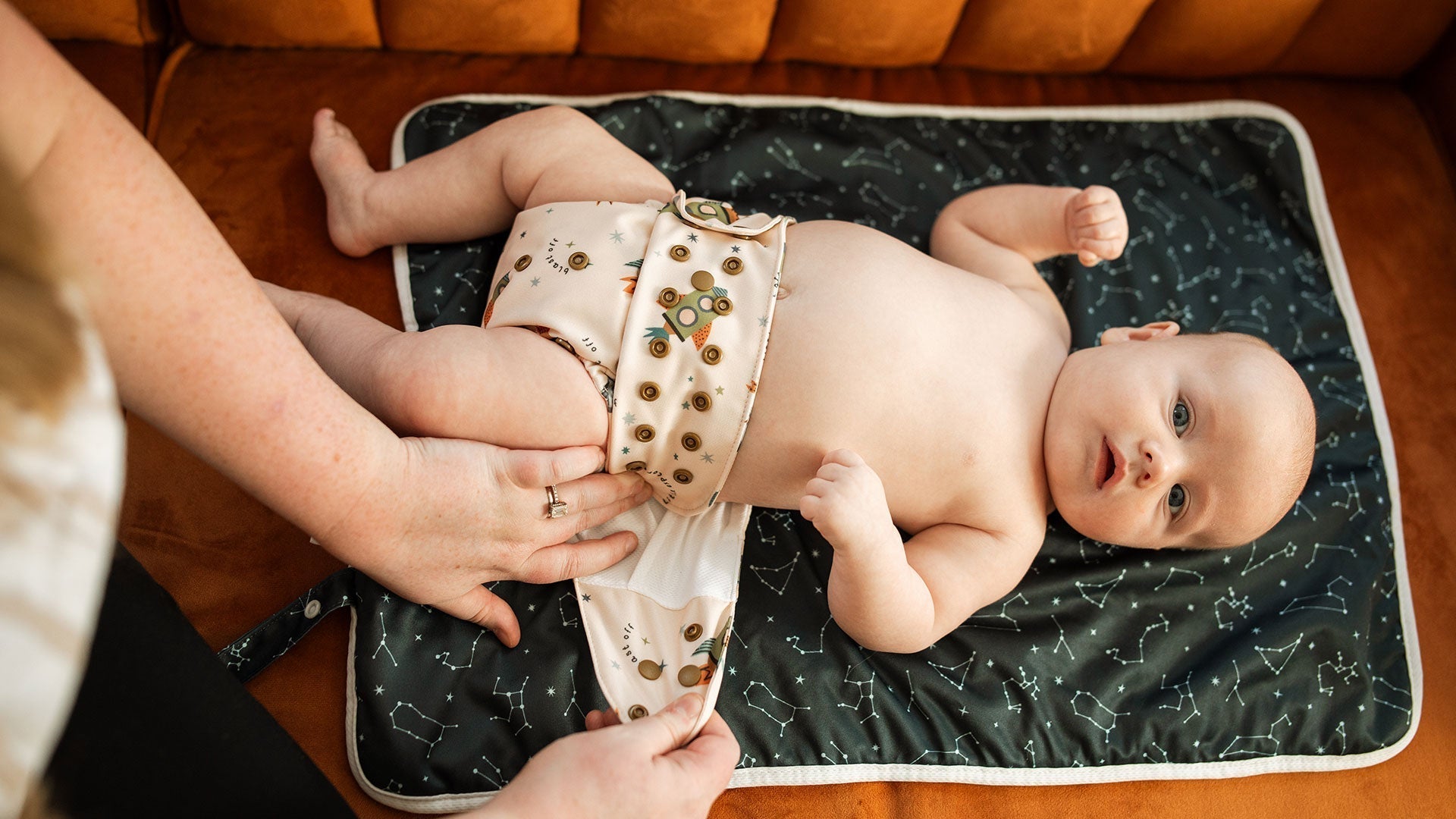If you’re a new parent or expecting, you’ve probably wondered: Are cloth diapers worth it? With so many opinions and options out there, it’s easy to feel overwhelmed. Let’s break down the facts, research, and real-life experiences to help you decide what’s best for your family.
Cloth Diapers vs. Disposable Diapers: The Basics
Cloth diapers are reusable, washable diapers made from fabric, while disposables are single-use products made from plastic, absorbent polymers, and paper. Each comes with its own pros and cons, so let’s dig in.
Cost: Do Cloth Diapers Really Save Money?
One of the biggest reasons parents consider cloth diapers is the potential for savings. While cloth diapers require a higher upfront investment (usually a few hundred dollars for a full set), they can be reused for years and even for multiple children.
According to the Real Diaper Association, a collective non-profit organization that connects current cloth diapering parents to the long history of cloth diapering, families can save around $2,000 to $3,000 per child by choosing cloth diapers over disposables.
Disposable diapers cost between $0.20 and $0.30 each, and with babies using 6–10 diapers a day, the monthly expense quickly adds up.
But what about laundry costs? Factoring in water, detergent, and electricity, most studies still show cloth diapers come out ahead in the long run, especially if you use them for more than one child.
Environmental Impact: Is Cloth Really Greener?
Many parents are drawn to cloth diapers for environmental reasons. Disposables take hundreds of years to decompose in landfills, and a single baby can use thousands of them before potty training.
Cloth diapers reduce landfill waste significantly, especially if you line-dry and use energy-efficient washing methods. Approximately 54.8 million disposable diapers end up in American landfills each day from the nearly 3.6 million American babies born each year.
However, cloth diapers do require water and energy for washing. The environmental impact depends on your washing habits and local resources.
Bottom line: Cloth diapers generally have a lower environmental footprint, especially if reused for multiple children and washed efficiently.
Potty Training: Do Cloth Diapers Help Kids Train Sooner?
There’s compelling evidence that cloth diapers can help children become potty trained earlier.
A 2024 survey of over 3,000 parents, completed by Judes, found that children using cloth diapers were out of diapers about 8 months sooner than those using disposables.
Of the children surveyed, on average, cloth-diapered children were potty trained at 2 years and 2 months, compared to 2 years and 11 months for those in disposables.
No child who used cloth diapers 60% or more of the time was diapered longer than 3.5 years, while some children in disposables wore them for 4–5 years.
Why? Cloth diapers don’t wick away moisture as efficiently, so children feel wetness and make the connection to bodily functions sooner.
Convenience: Is Cloth Diapering a Hassle?
Let’s be honest: cloth diapering requires more effort. You’ll need to wash, dry, and assemble diapers, and carry used ones home when you’re out.
Disposable diapers are more convenient for travel and daycare.
Hybrid options (cloth covers with disposable inserts) offer a middle ground for busy families.
Many parents find a combination works best—using cloth at home and disposables on the go.



